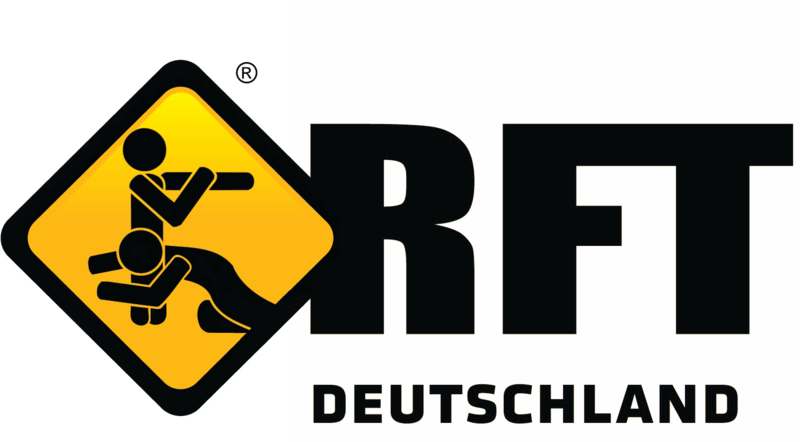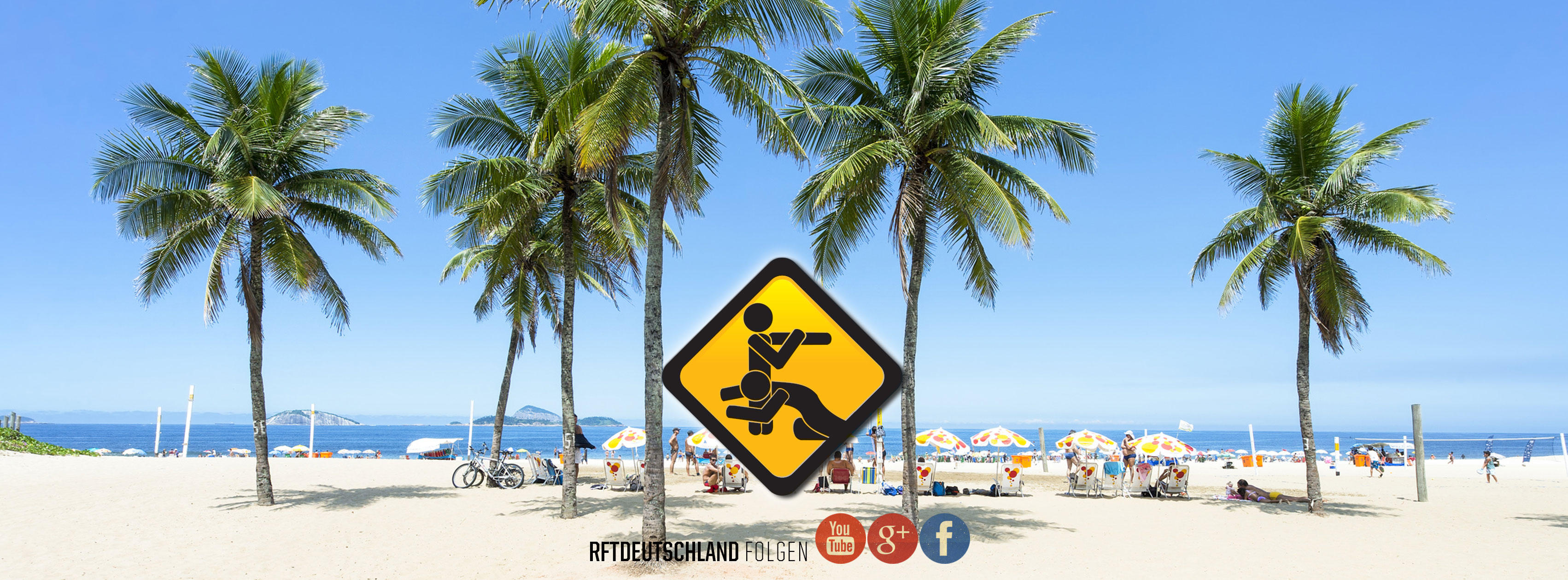The history of Luta Livre and Vale Tudo in Brazil - Part I
Copyright (2014) by Sportscientist Maciel Welko & Elton Silva. Unauthorized use, reproduction, translation, modification, distribution or duplication, in whole or in part of this article and its content is strictly prohibited. But you are invited and allowed to share the link of this article. Acknowledgments: In addition to the main authors Maciel Welko, R. & Silva E.; the following person Figueira, F.; Hatem, V.; Hull-Styles, M.; Manholi, M.; Milfont, C. have helped and supported us for this articles series. The article series also appear in Brazil..
Introduction
Much of the history of “Luta Livre” in Brazil is anecdotal and there is no proof of evidence. Systematic research done by Sportscientist and Luta Livre Black Belt "Nico" M. Welko in collaboration with E. Silva, shows a more credible description of the historical development of “Luta Livre” in Brazil. This publication is a summary from more than 9000 collected and evaluated written records* under the standards of scientific research. The references, as longer and more detailed versions, will be addressed in the books of the Authors to be published soon:
"Catch; the root of Luta Livre in Brazil" and "Teaching and learning Luta Livre".
Luta Livre and Greco-Roman Wrestling
It appears that the “Luta Livre style” in Brazil emerged as an additional offering at Greco-Roman Style events around 1909. The Greco-Roman mode of Wrestling seems to have been the foremost style of professional sport fighting in Brazil up to that time. Many international tournaments in this style took place for experienced and heavy weight fighters. Within the framework of Greco-Roman events “Luta Livre” matches were organized. The oldest report discovered of a Greco-Roman event was in the year 1845, which mentions exhibitions of Greco-Roman Wrestling in an amphitheatre. Later on challenges in Greco-Roman started to emerge, which offered large prize money to those able to beat the foreign Greco-Roman challengers. As the first challenge matches between foreigners in Greco Roman began to take place there also emerged foreign challengers in Brazil for Luta Livre matches, which also were accepted by Brazilian Luta Livre fighters. Perhaps it is the origin of the outstanding public challenge culture in Brazil between fight systems. Newspaper articles report about “Strongman exhibitions” held by travelling Fighters in Brazil, when they couldn’t find an opponent for their challenges in the cities where they were currently residing. Apparently irregular and illegal fights in earlier times also seemed to have taken place.Luta Livre and Catch-as-Catch-Can
In Brazil the name of “Luta Livre” appears around 1909, and it was initially the appropriate translation at that time for the newly introduced English style of “Catch-as-Catch-Can” wrestling. It was also a sport that enjoyed great popularity in Brazil where there were training sessions included at the beach of Copacabana alongside soccer, boxing and gymnastics. Its popularity went so far as to be more well known in Brazil than “Jiu Jitsu” in the first decade of the twentieth century, so much so that the author of a “Jiu-Jitsu article” in a newspaper compared “Jiu-Jitsu” to “Luta Livre” to convey a better understanding of the art. However, “Luta Livre” differed greatly from "Jiu-Jitsu", and involved rules which allow the fighters to apply many other techniques including strikes and submission holds, which were forbidden or even unknown in Greco-Roman Wrestling or Boxing.Luta Livre Events and Championships
National, International and World Luta Livre championships were also organized in Brazil. Matches were also carried out under “Luta Livre rules” allowing striking the opponent with the head, knees and more. However, there were apparently some differences which existed in the regulations between “Vale Tudo” and “Luta Livre” matches. Such events, which were very similar to the “Vale Tudo” events of the 1980s and 1990s, were known as “Luta Livre Americana”. It was only later that the terminology of “Vale Tudo” became established. In any case, Luta Livre rules made possible the organization of a huge number of matches based on challenges between popular fighters of that time, or between different fighting styles. Even boxers start fighting in Luta Livre. The rules often varied and were negotiated and contracted accordingly. Regardless it seems to have been rather difficult to fight by the rules that had been agreed, for sometimes rules were broken by the fighters, whether intentionally or unintentionally, and they were disqualified which later resulted in lengthy debates and disputes. However, Luta Livre was very violent based on the reputation of its fundamental principles of allowing brutal means with the lack of scruples in order to achieve the victory. It also was sharply criticized in the media because of this brutality. Newspapers of that time report serious damage and injuries to the fighters like fractured skulls, spinal injuries, lacerations, long periods of unconsciousness or short disturbance of consciousness etc. as consequence of Luta Livre fights. The authors presume that because of that fact, some matches were allowed to be held only with the consent, approval or permission from the police department.The Association of "Luta livre" and "Catch" with show fights.
The emergence of worked fights in Brazil seems to emerge with the arrival of the Zbyszko brothers and their international troupe. Stanislau and Wladek Zbyszko were well-known "Catch-as-Catch-Can" wrestlers from Poland, who had also fought against the Gracies. The Zbyszko brothers conducted many tours with their international fighting troupe, organizing programs featuring challenge fights, and also worked fights which were used for entertainment purposes. The Zbyszkos came from the phase in which the American "Catch-as-Catch-Can wrestling" evolved into a transition from real fights to show fights. In the United States of America, it appears that wrestling bouts were organized as real matches until about 1930 among "Catch" (short form of Catch-as-Catch-Can) stylists. This transition phase reached Brazil considerably later. In comparison to the United States, the development of show and worked fights was delayed in Brazil and met with an unfavourable response from many fighters. It was not long until the first of them denounced such practices. The fighters, who not did agree with these methods, were called "lutadores problemáticos" (English: difficult or problematic fighters) by the promoters and managers. The Luta Livre icon Euclydes "Tatú" Hatem and the Japanese Takeo Yano were indeed, among other fighters, viewed as problematic and complicated for promoters and managers. In one instance Takeo Yano hit his opponent with such force, he succeeded in knocking teeth out and rendering him unconscious although he was instructed by his manager to lose the fight.The phenomenon of "Catch" has evolved differently and in summary can be divided up into three different fields:
The authors noted that at the end of the 1940s these three variants sometimes occurred in a single Luta Livre event held in Brazil, which caused considerable confusion among the spectators.
In Brazil a negative image of "Luta Livre/Catch" was established by the broadcasting of TV shows as "tele catch" in the public channels. These shows presented choreographed fighting for the entertainment of big crowds, which also captured the enthusiastic attention of many.
To bypass the use of the word "Catch" and its connection to the show and worked matches, the re-introduction of the name "Luta Livre Americana" for "Vale Tudo" or "Luta de valer tudo" was used to promote events. It is at this point that we need to unambiguously clarify such differences. "Catch-as-Catch-Can" was and is a fighting style, which in its early days only featured real fights. It is also important to mention that "Catch-as-Catch-Can" was an Olympic sport, and after the Olympics in 1928 was transformed into Freestyle wrestling.
There are followers of Jiu-Jitsu in existence who resolutely deny any connection of Brazilian Jiu-Jitsu to "Catch", as well as Luta livre followers and describe this combat discipline as a pure "show fight". Irrefutable evidence against such arguments is the historical record provided below by the authors referring to members of the legendary Gracie family in relation to "Catch". According to the authors, the following facts in this regard are worthy of mention, among others:
-Helio and George Gracie fought against Zybyszko, the leader of an international catch fighter troupe, who organized events in major cities of Brazil.
-George and Oswaldo Gracie trained Luta Livre under the direction of Orlando Americo da Silva "Dudú", a former Luta Livre fighter, trainer and one of the mentors of Euclydes “Tatú” Hatem. Another evidence was also found that Helio Gracie trained Luta Livre under "Dudú".
-Carlos Gracie organized amateur Luta Livre tournaments in his Jiu-Jitsu Academy in the 1930s.
-George Gracie separated from his brothers to learn Luta Livre. He managed to become Brazilian champion in this style.
-Oswaldo Gracie trained Luta livre and held a strong connection to "Catch". He often served as referee in renowned Championships.
-Carlson Gracie fought "Catch" or "Luta Livre Americana" in the 1950s.
Thus to claim that "Catch" was a mere show would also lead to the conclusion that the Gracies participated in and were "show fighters". But everyone knows that the Gracies were real fighters. It is a mistake and naive to associate and assert "Catch" only with "show fights" when years of research and evaluation can testify the opposite.
It would be extremely naive, misinformed and professionally wrong to claim that "Luta Livre/Catch" had played only a secondary role in the development of Brazilian "Vale Tudo". Luta Livre and Catch has an important, if not the most important role in the history of the "Vale Tudo" practiced in Brazil.
The man who influenced Luta Livre in a significant way was Euclydes "Tatu" Hatem. But more on that in Part II.

